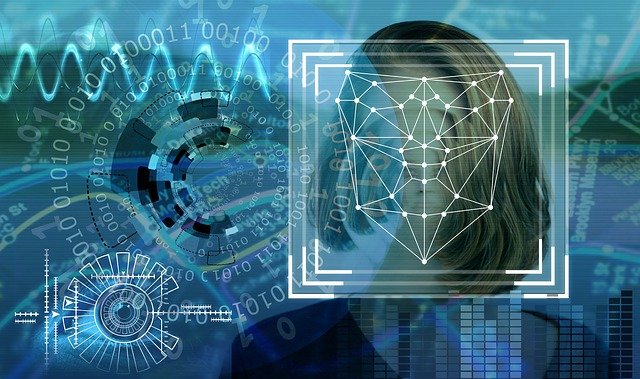What is Artificial Intelligence
Artificial intelligence (AI) is the capability of the machine to work like humans. The computerized machine has to learn how to react like humans so the algorithm of the machine can be trained to make predictions. Artificial Intelligence is a very important technology that is trained in decision-making by recognizing the available data. This technology has halved the burden of humans. Artificial Intelligence is used in many different technologies such as autopilot mode of cars, facial recognition applications, etc. One of the AI-based technologies this blog will be discussing is identity verification and fraud prevention.
How has Artificial Intelligence helped in Identity Verification?
Ever since the verification system has gone online, the chances of identity theft have increased. AI uses machine learning and automated identity verification to create a more reliable verification system without any human help. Artificially intelligent solutions are more secure and faster.
For AI to work, the most important part is data. So getting specific and suitable data is necessary. Machine learning makes predictions based on previous experience. So it is important to teach the machine from wrong to right.
Biometric Authentication
Biometric authentication is used to fulfill KYC and KYB compliances. It uses fingerprints, eyeball scanning, face scanning, etc. to verify a person’s identity. It can also be used to authenticate the employees at the workplace. The old method of authentication like passwords, PIN code, etc. has long been finished due to biometric authentication. With the help of AI, biometric can create data-driven safety protocols. AI has improved the biometric verification process.
Biometric Authentication and AI
AI combined with bio authentication makes a verification solution that cannot be manipulated by fraudsters. There are many ways AI can work with Biometric verification.
● Keystroke dynamics
Just like writing, the typing pattern of the person differs as well. AI can recognize a person from their typing pattern and verify their identity. It uses dwell time, speed, and fight time. Dwell time is how much time the user puts in pressing a key, and fight time is a time in releasing a key and pressing another key. This system can also identify a person with their frequently used keys.
● Facial Recognition
Facial recognition processes can be tricked easily with a picture or a video of the owner. There are many cases where the system has been fooled were due to 2D facial recognition. This is where AI plays an important part. AI uses 3D biometric facial recognition technology. AI can detect the face of the person and learns from many different pictures. AI can also detect if a person is using a face mask, using a picture of a picture, a picture of the screen, or using a tampered document with a fake picture. This is why AI paired with biometric makes a perfect solution for bio authentication.
● Voice Recognition
Voice recognition can be used for many different ways like ordering, answering, playing music, home automation systems, smartphones, etc. Sometimes, due to noise, these systems can fail to understand the voice. AI can be used to recognize voices in these biometric systems. Different voice patterns like speed, tone, accent, etc. can be analyzed as well. AI can evaluate a person’s voice for biometric verifications. AI voice recognition can be used to authenticate attendance in the workplace.
